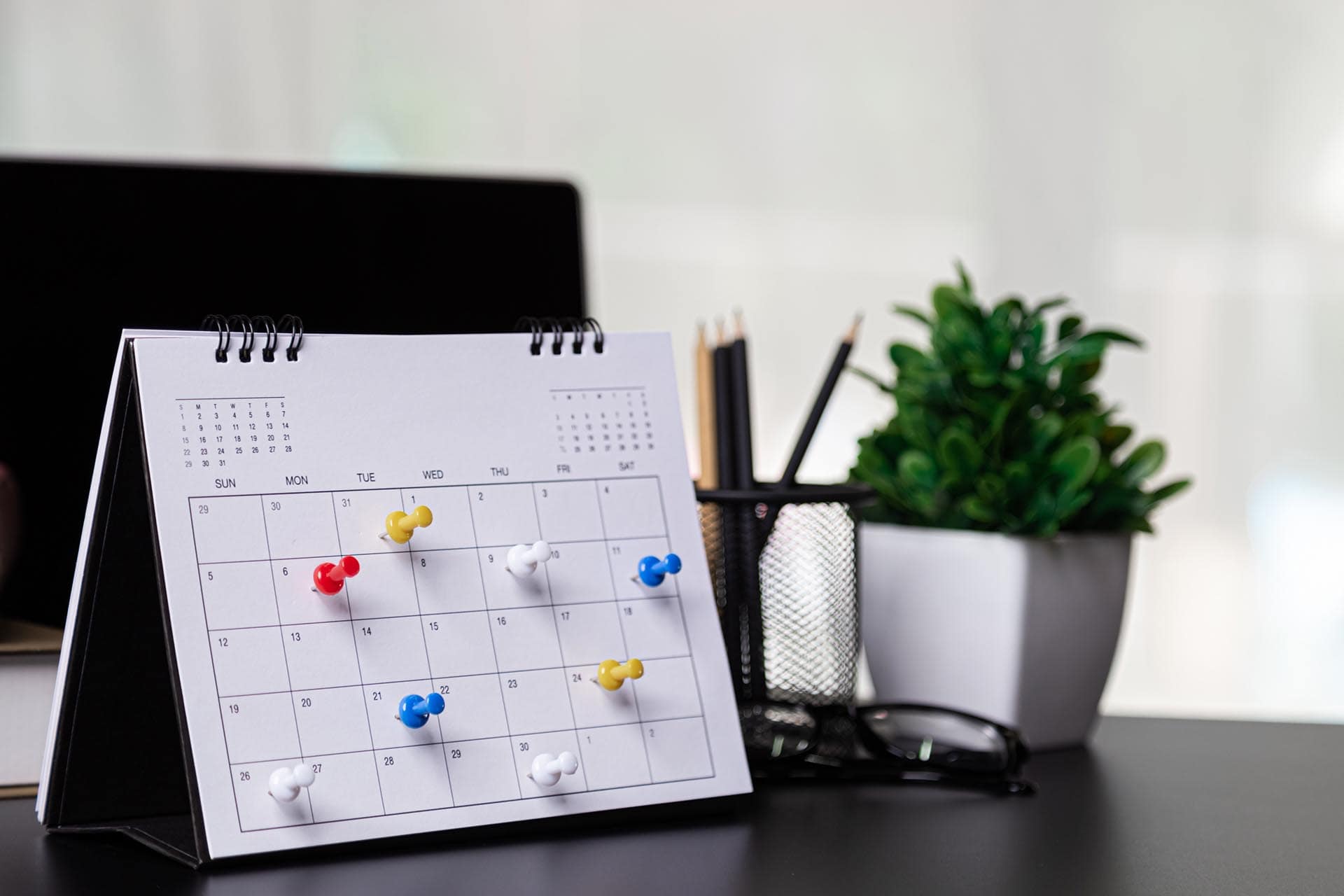Persuasive writing is a fundamental skill needed to engage and expand audiences. It takes more than magic in your fingers to crunch amazing numbers. Content planning is critical to increasing website traffic, getting your content to grab more clicks.
Great news, creating a winning content plan doesn’t have to be a drag.
This guide will provide step-by-step instructions on creating an effective content plan for your business to help you reach your goals and objectives quickly.
What Is Content Planning?
Content planning is an important step in creating engaging and effective content. It allows you to organize your ideas and create a structure for the content, making it easier to produce. Content planning also helps you stay focused on the end game, ensuring the content remains relevant and complementary. When done correctly, content planning ensures content reaches its target audience and achieves its desired goals.
Content planning includes defining your target audience, setting the objectives, researching ideas, identifying evergreen and pillar content then scheduling, mapping the structure, then scheduling production and publishing. By taking the time to plan out your content, you are more likely to create content that ranks higher and feels like a cohesive body of work.
Why Content Planning Is Key for Successful Content Creation
Creating content takes time and effort. From keyword research to crafting the actual copy, every step plays a vital role in the contents ability to resonate with readers—and rank. If you have an organized plan that guides your content creation process from start to end, it’s a straight dash to the finish line in first place.
Here are five reasons why content planning should be an integral part of your workflow.
Stay Organized and Focused
No surprise here: organization is key to staying productive and focused.
Content planning helps you manage your projects better. It prevents you from feeling overwhelmed by breaking down big goals into smaller, more manageable chunks.
Not only do you get the structure necessary to ensure everything is done correctly; content planning gives you a clear roadmap that outlines potential setbacks, so you can be prepared or adjust ahead of time.
Increases Efficiency and Effectiveness
Efficiency and effectiveness are two essential factors in running a successful business. Efficiency is all about maximizing output with minimal effort, while effectiveness means achieving desired outcomes. Content planning is an invaluable tool for businesses looking to improve their efficiency and effectiveness because it helps them to create content that meets their goals more quickly and efficiently.
Content planning involves setting objectives and goals, researching target audiences, creating a plan of action to achieve those goals, and measuring the success of your content. It also involves identifying opportunities to optimize existing content, examining analytics data to identify trends, creating content for different channels or platforms and automating processes where possible.
By taking a planned approach to content marketing, businesses can ensure that their content is consistently on-brand, up-to-date, and optimized.
Sets Goals and Measurable Outcomes
Content planning plays an integral role in goal setting, as it helps you determine what content you need to create and distribute to achieve those goals.
Identify key performance indicators (KPIs) that will help measure the success of your content and give you a better understanding of what is working and what isn’t. Content planning also helps define the topics, channels, formats, messaging, and timing of content distribution. This ensures that your content reaches the right audience at the right time.
By setting short and long-term objectives then measuring progress you can better optimize your overall content strategy.
Enhances Content Quality and Consistency
Even if you have all your content in place, quality content is what makes it all work. Quality content starts with the right planning. This allows you to create strong, consistent messaging across all channels; When messaging is cohesive across all channels it helps build trust with your audience.
Content planning also helps you determine which topics are most important and should be prioritized so you can produce helpful, relevant information in an organized manner. Providing the audience with timely updates on topics they care about means you keep their attention and don’t miss out on meaningful opportunities to promote your business and gain new customers.
Content planning also helps ensure that all of your content is consistent. By creating a plan for each type of content (e.g., videos, blog posts, website copy), you can easily track what needs to be updated and when.
Improves ROI
Return on investment (ROI) is an essential metric for any business. It measures how much you gain or lose relative to the amount of money invested in a particular project, product, or venture. By tracking ROI, businesses can get insight into their performance and make informed decisions about where to allocate resources.
Content planning is a key factor in improving ROI providing businesses with direction when creating content. Using data-driven insights from content planning also helps improve each successive round of content by highlighting areas for improvement or increased focus.
More bang, less buck.
Key Takeaways
Creating an effective content plan is essential for any business today. It helps you stay organized, leverage analytics to improve your performance, and maximize the impact of each piece of content.
Remember to:
- Intensively research keywords to identify the best opportunities to stay relatable and accessible.
- Identify your target audience, so your content is tailored and addresses the customers’ needs.
- Leverage analytics regularly to understand what works best with customers.
- Create detailed briefs for each piece of content outlining specifics such as format & length.
- Take the time to review each step and make necessary adjustments accordingly.






